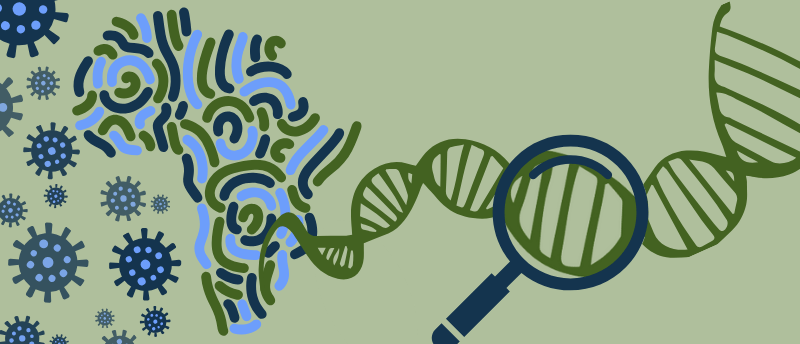Identifying elite controllers: a genomic study of South African individuals with HIV

Veron Ramsuran (right) is a Professor at the University of KwaZulu-Natal (UKZN; South Africa) specializing in the association between human genetics and infectious diseases. Veron completed his PhD and postdoc in the USA before returning to South Africa, where he is now the Principal Investigator of HIV, tuberculosis and other infectious disease studies. Rizwana Mia (left) is the Senior Program Manager of strategic health innovation partnerships at the South African Medical Research Council (SAMRC; Cape Town, South Africa) and Vice Chair of The International Consortium for Personalised Medicine (ICPerMed). Rizwana studied genetics before joining a startup developing monoclonal antibodies. From there,...
To view this content, please register now for access
Join our member community for FREE to access a collection of journal and online-only features, including:
- Exclusive access to educational videos, eBooks and insights into top BioTechniques journal articles
- The latest news and journal updates delivered straight to your inbox when you want it
- Personalized recommendations for the latest member-exclusive podcasts, interviews and expert opinions
- Priority registration to webinars, panel discussions and events
- Access to competitions and journal publication discounts, including 10% off open access fees when you sign up today!